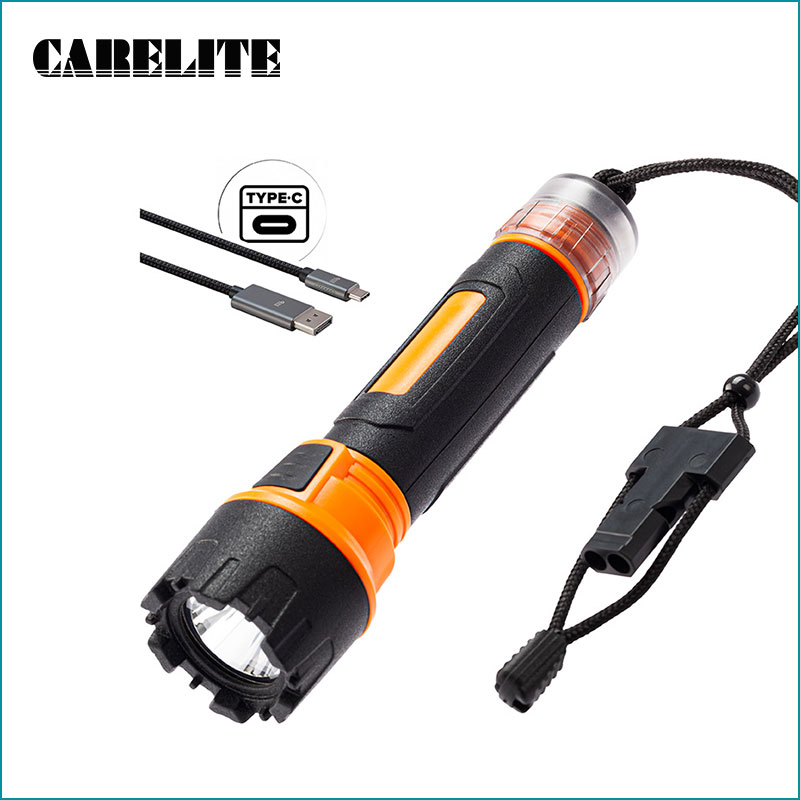What is the science behind the flashlight?
2023-12-21
The science behind a flashlight involves principles from various fields such as physics, electrical engineering, and materials science. Here's an overview of how a flashlight works:

1. Power Source: Flashlights typically use batteries as their power source. When a battery is inserted into the flashlight, it completes a circuit, allowing the flow of electricity.
2. Bulb or LED (Light-Emitting Diode): In traditional flashlights, a small incandescent bulb was used. However, many modern flashlights use LEDs due to their energy efficiency, durability, and brightness. LEDs generate light when electrons move through a semiconductor material and release energy in the form of photons (light particles).
3. Reflectors and Lenses: Flashlights often contain reflectors and lenses. Reflectors help direct and focus the light produced by the bulb or LED. Lenses are used to protect the bulb/LED and sometimes to shape or diffuse the light.
4. Switch and Circuitry: The switch in a flashlight controls the flow of electricity. When the switch is turned on, it completes the circuit, allowing electricity to flow from the battery to the bulb/LED, which then emits light.
5. Conversion of Electrical Energy to Light: When the circuit is closed, electrical energy from the battery powers the bulb/LED. In an incandescent bulb, electricity heats a filament, causing it to emit light. In LEDs, electrons passing through the semiconductor material release photons, producing light. LEDs are highly efficient in converting electrical energy to light compared to incandescent bulbs.
6. Color Temperature and Intensity: Different flashlights may have different color temperatures and light intensities. Color temperature refers to the color appearance of the light, ranging from warm (yellowish) to cool (bluish-white). Light intensity is measured in lumens and determines how bright the flashlight appears.
7. Heat Dissipation: LED flashlights can generate heat while operating. To prevent damage to the LED and maintain performance, they often incorporate heat sinks or other mechanisms to dissipate heat away from the LED.
The science behind a flashlight involves understanding the principles of electrical circuits, the behavior of light, semiconductor materials used in LEDs, optics for light reflection and focusing, and energy conversion from electrical energy to visible light. Advancements in technology continue to improve the efficiency, brightness, and durability of flashlights through innovations in materials, circuitry, and LED design.


